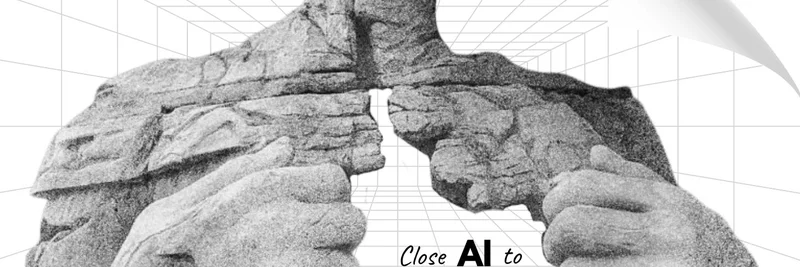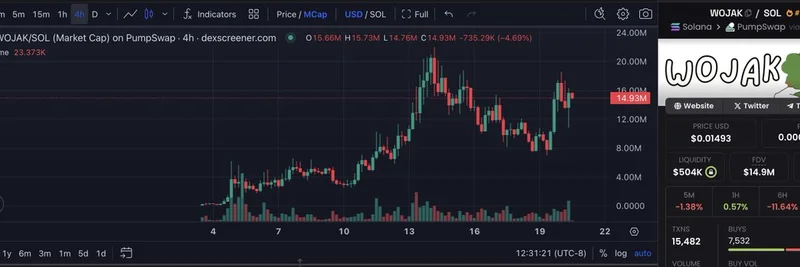In the fast-paced world of cryptocurrency, big players—often called "whales"—can make waves with their moves. Recently, a notable Ethereum whale, dubbed the "66,000 Borrowed Whale," has been turning heads by scooping up more ETH from Binance and bolstering its position on Aave V3.
According to on-chain data shared by Onchain Lens on X, this entity just bought ETH worth about $162.77 million from Binance, a leading crypto exchange, and supplied it directly to Aave V3, a decentralized lending protocol on Ethereum. For those new to the space, Aave allows users to lend and borrow crypto assets without intermediaries, often used for leveraging positions.
This isn't a one-off; it's part of a pattern. Just five days prior, the same whale deposited 70,000 ETH—valued at around $222.72 million at the time—into Binance. Now, its total holdings stand at an impressive 432,718 ETH, clocking in at roughly $1.23 billion. That's a serious stack, especially in a market where ETH's price can swing wildly.
But let's rewind a bit. This whale first caught attention when it withdrew a massive 199,720 ETH (about $632.47 million) from Aave V3 and sent 44,000 ETH ($140.24 million) back to Binance. At that point, it seemed like the whale might be unwinding a long position on ETH, potentially facing a $70 million loss. Long positions bet on price increases, so closing one amid dips could signal caution.
Yet, the latest moves tell a different story: accumulation. By buying more ETH and supplying it to Aave, the whale appears to be doubling down, perhaps preparing for a rebound or using borrowed funds to leverage further. In DeFi (decentralized finance), this kind of looping—borrowing against supplied assets—can amplify gains but also risks.
Why does this matter for meme token enthusiasts? While ETH itself isn't a meme coin, it's the backbone of many meme projects on Ethereum, like those pumping on platforms such as Pump.fun or Solana crossovers. Whale activity in ETH often ripples into altcoins and memes, influencing liquidity and sentiment. If this whale is bullish, it could mean more capital flowing into riskier assets, including your favorite dog-themed tokens.
Onchain Lens, a project dedicated to simplifying blockchain data, highlighted these transactions with clear visuals from tools like Arkham Intelligence or similar trackers. Keeping an eye on such whales via platforms like Dune Analytics or Nansen can give retail traders an edge.
Replies to the post echo the intrigue: one user noted it as "classic whale rotation and liquidity prep," hinting at potential volatility ahead. In crypto, these on-chain signals are like reading tea leaves—sometimes spot-on, sometimes cryptic.
As blockchain practitioners, tracking these moves sharpens our understanding of market dynamics. Whether you're building dApps or just HODLing memes, remember: whales don't always swim alone; their splashes can create opportunities—or tsunamis.
Stay tuned to Meme Insider for more breakdowns on on-chain antics and how they tie into the meme economy. If you're diving into ETH or DeFi, tools like Aave's official site are a great start.




